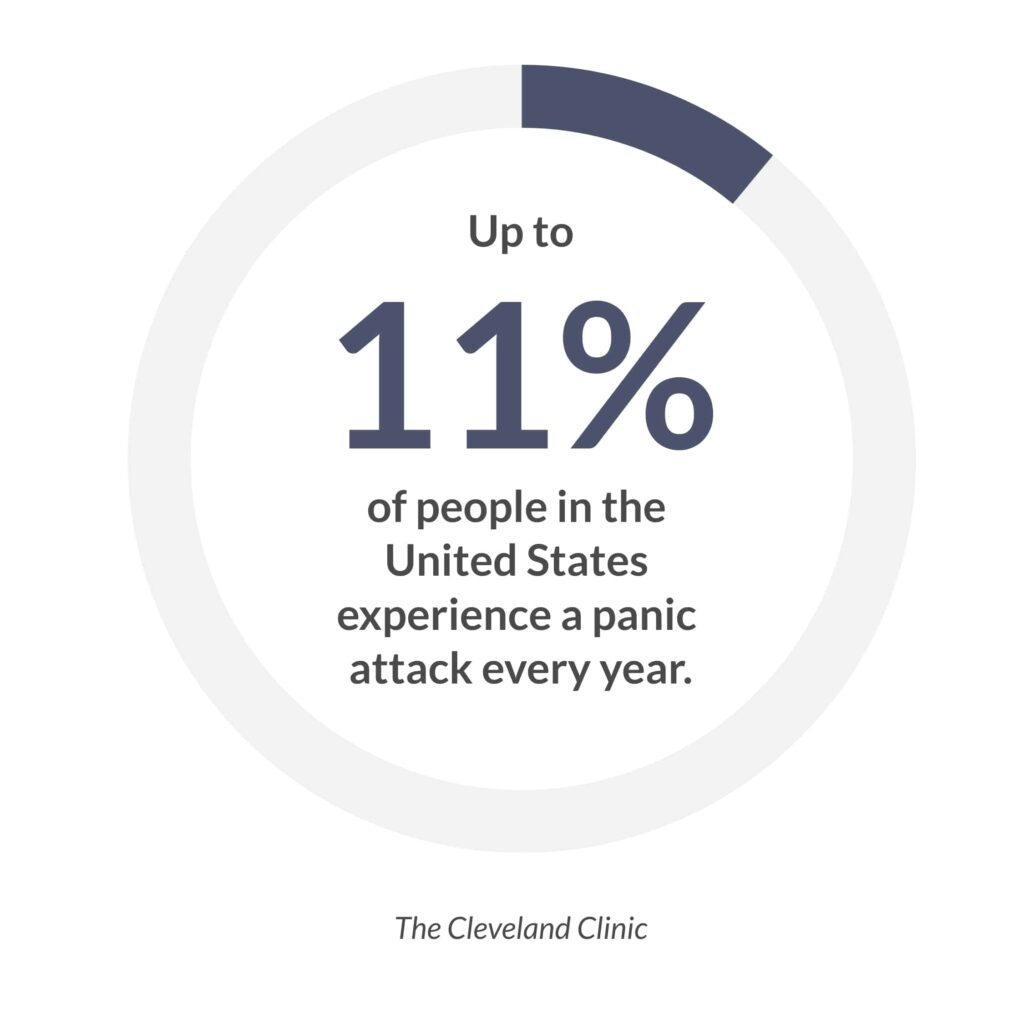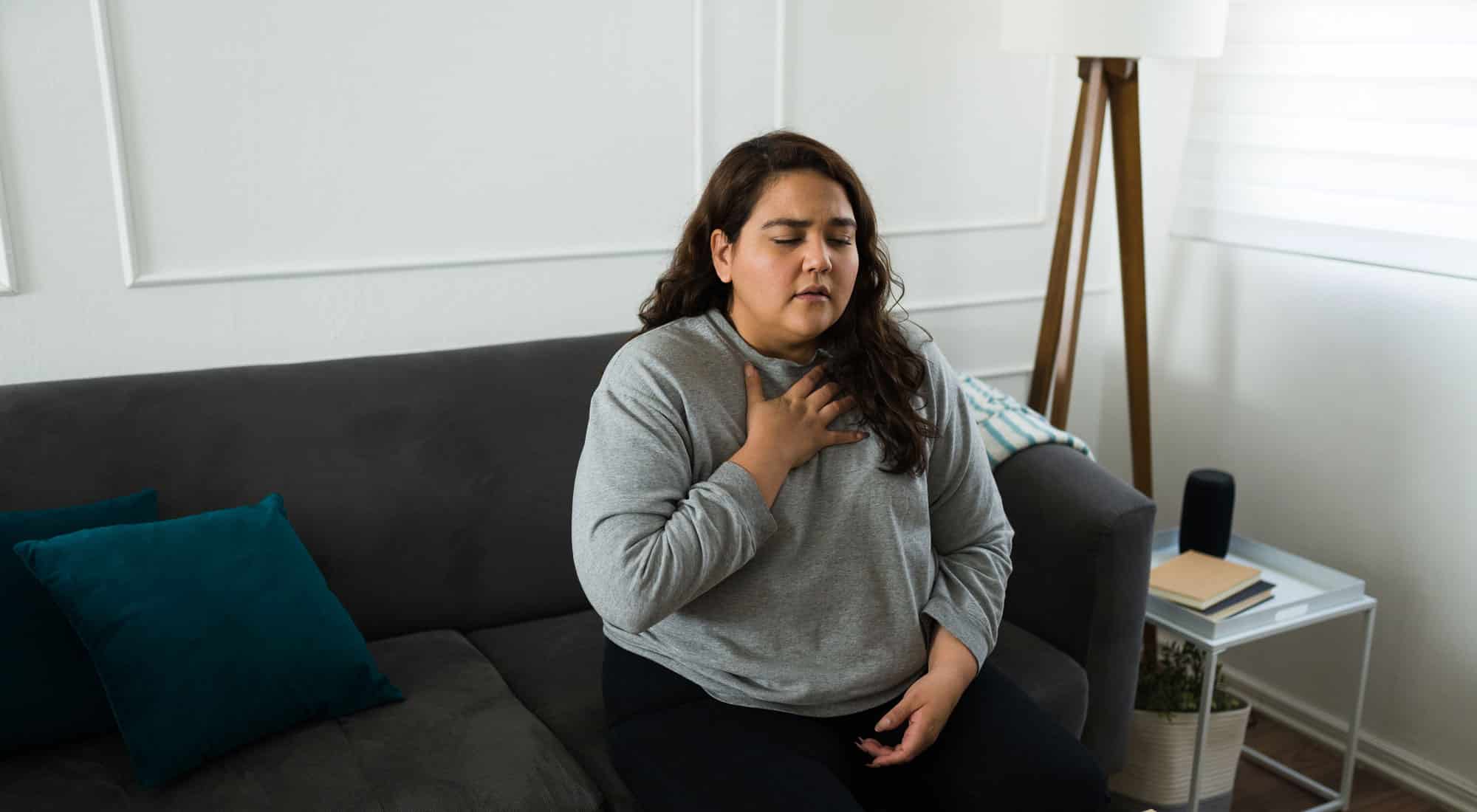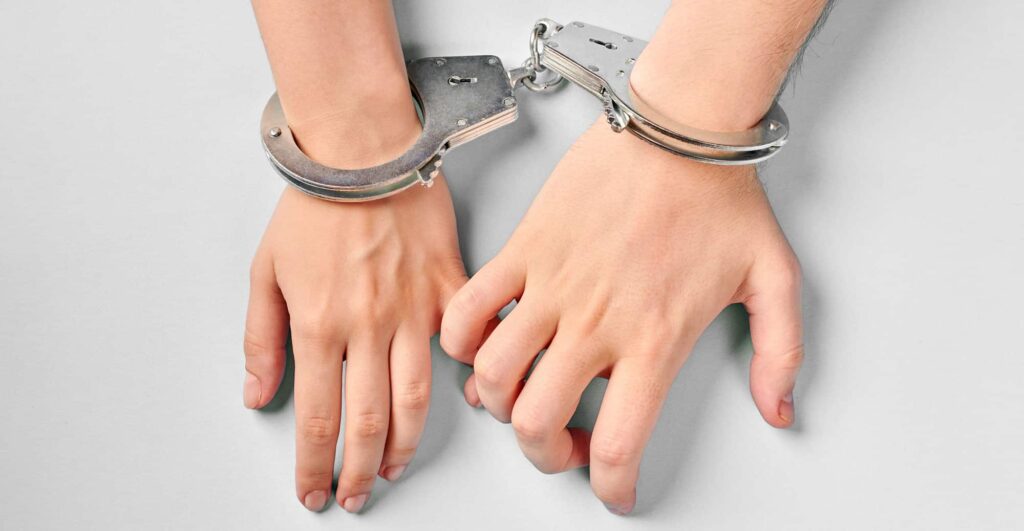If you have ever experienced a panic attack, you likely remember the sudden feeling of fear followed by a racing heart, trouble breathing, nausea, sweating, or trembling. Although most panic attacks are short-lived, they can have a profound impact on your health.
The Cleveland Clinic estimates that up to 11% of people in the United States experience a panic attack every year. Furthermore, those who have multiple, unexpected panic attacks may suffer from panic disorder.
Panic disorder is an anxiety disorder affecting 2-3% of the population. It is characterized by frequent panic attacks that strike without warning or reason. There are several types of panic disorders categorized by their regularity and symptoms.

Among those symptoms associated with panic disorders is psychosis. What is psychosis? According to the National Institute of Mental Health (NIH) this illness is described as a “loss of contact with reality.”
Psychosis can manifest itself in hallucinations or delusional thoughts, nonsense speech, or odd behaviors. NIH reports between 15 and 100 people out of 100,000 develop psychosis annually.
Although panic disorders and psychosis are distinct, they also overlap. How do you know whether you are struggling with panic disorder, psychosis, or both? Consider the following information and seek professional help to evaluate your own risk.
Types of Panic Disorders, Symptoms, and Causes
Panic disorders are defined as repeated panic attacks that have no apparent trigger. It’s important to note that not everyone who experiences panic attacks will develop panic disorder.
It’s important to note that not everyone who experiences panic attacks will develop panic disorder.
In the early 1990s, a group of doctors classified panic disorders into types according to a clinical course and accompanying neurotic or depressive symptoms. Their report published in The Japanese Journal of Psychiatry and Neurology outlines 4 types of panic disorders:
- class=”wp-block-list”>
- Type I – A single panic attack is the only symptom.
- Type II – Panic attacks occur frequently without any accompanying neurotic or depressive symptoms.
- Type III – This is categorized by a recurrence of panic attacks and the gradual development of neurotic symptoms, such as anticipatory anxiety, generalized anxiety, agoraphobia, or hypochondriasis.
- Type IV – Depressive symptoms develop in the course of recurring panic attacks.
What are some potential panic disorder symptoms? They can be both physical and psychological. The most frequently occurring panic disorder symptoms include heart palpitations, chest pain, trouble breathing, sweating, shaking, a choking sensation, chills, and nausea.
For those with panic disorder, fear is another symptom that can play a significant role. It is not uncommon for those struggling with panic disorder to fear the following:
- Places or situations that may cause panic or feelings of being trapped, helpless, or embarrassed (agoraphobia)
- Losing control
- That something bad is going to happen
- Having another attack (anticipatory anxiety)
- A serious undiagnosed illness (hypochondriasis)
- Dying during an attack
Panic disorder symptoms are brought on by any number of factors ranging from family genetics and certain biological process in the brain to substance abuse and existing mental health conditions. Panic disorder after trauma is a legitimate scenario as well.
Social Psychiatry and Psychiatric Epidemiology reports evidence of a relationship between exposure to traumatic events and panic psychopathy. Their research reveals 69% of those seeking treatment for post-traumatic stress disorder (PTSD) meet current criteria for panic attacks.
The Link Between Psychosis and Panic Disorders
Another possible complication of panic disorder is psychosis. This is when you are having trouble determining what is real and what is not.
Research shows a significant relationship between panic disorder and psychosis. One study of patients with panic disorder published by The Journal of Clinical Psychiatry found that in all cases, psychosis originated from a severe panic attack.
Signs that you may be suffering from psychosis include delusions or false beliefs about yourself or others. People with delusions often believe, despite evidence to the contrary, that someone is out to harm or control them.
Hallucinations are also characteristic of psychosis. While hallucinating, you might see or hear things that aren’t actually there. Interestingly, hallucinations can affect one any of the five senses.
Intrusive thoughts — involuntary, distressing thoughts that pop up unexpectedly — are common with psychosis as well. PsychosisNet.com claims that three-quarters of people with psychosis battle intrusive thoughts. Sometimes intrusive thoughts become obsessive and interfere with your ability to function.
Psychosis additionally manifests as social withdrawal, lack of self-care, apathy, inability to communicate, or changes in job performance. Because these behaviors are associated with various diagnoses, it’s important to be evaluated by a medical professional.
It is difficult to pinpoint what causes psychosis. Similar to panic disorders, the NIH speculates that psychosis results from a complex combination of genetic risk, differences in brain development, and exposure to stressors or trauma.
Psychosis can be a side effect of mental illness also. Patients with long-term mental health conditions may endure psychotic episodes more often than those whose psychosis is triggered by circumstances like sleep deprivation, prescription medications, or alcohol and drug use.
Regardless of the cause, psychosis and panic disorder are easily treated. However, early intervention is key to prevent escalation of symptoms or other complications.
Regardless of the cause, psychosis and panic disorder are easily treated. However, early intervention is key to prevent escalation of symptoms or other complications.
Panic Disorder Treatment
If you think you have panic disorder, consult a healthcare provider for an official diagnosis. The Diagnostic and Statistical Manual of Mental Disorders, Fifth Edition (DSM-5) outlines the following diagnostic criteria for panic disorder:
- You have frequent, unexpected panic attacks.
- At least one of your panic attacks has been followed by one month or more of ongoing worry. You may fear having another attack or its consequences, causing you to change your behavior, such as avoiding situations that you think may trigger a panic attack.
- Your panic attacks aren’t caused by drugs or other substance use, a medical condition, or another mental health condition.
Once diagnosed, panic disorder treatment can improve your quality of life, mainly by reducing the regularity and intensity of panic attacks. The two primary treatment methods for panic disorder are antidepressant and anti-anxiety medications and psychotherapy.
A popular method of psychotherapy, Cognitive Behavioral Therapy (CBT) is commonly used to treat panic disorder. CBT focuses on helping patients identify the negative thinking patterns around their problematic behavior, equipping them with productive coping strategies.
If you are wondering how to stop a panic attack as it happens, there are a number of proven relaxation techniques. Try practicing deep breathing, mindfulness, repeating a mantra, journaling your thoughts, light exercise, or picturing a happy place.
Your prescribed treatment plan might incorporate one or multiple approaches. The most important part is to reach out for support.
The Meadows Can Help
At The Meadows we recognize how pervasive, untreated anxiety can easily become debilitating. That’s why we specialize in treating a range of anxiety disorders from generalized anxiety disorder and panic disorder to social anxiety disorder, phobias, and more.
We also address trauma and co-occurring conditions such as mental health and substance use disorders. Our team is equipped to provide research-backed treatments as well as individual therapy, group therapy, and experiential therapies.
If you suspect you have panic disorder or are experiencing symptoms of psychosis, call us today to find out more about our program and how we can help you begin your journey of recovery.



